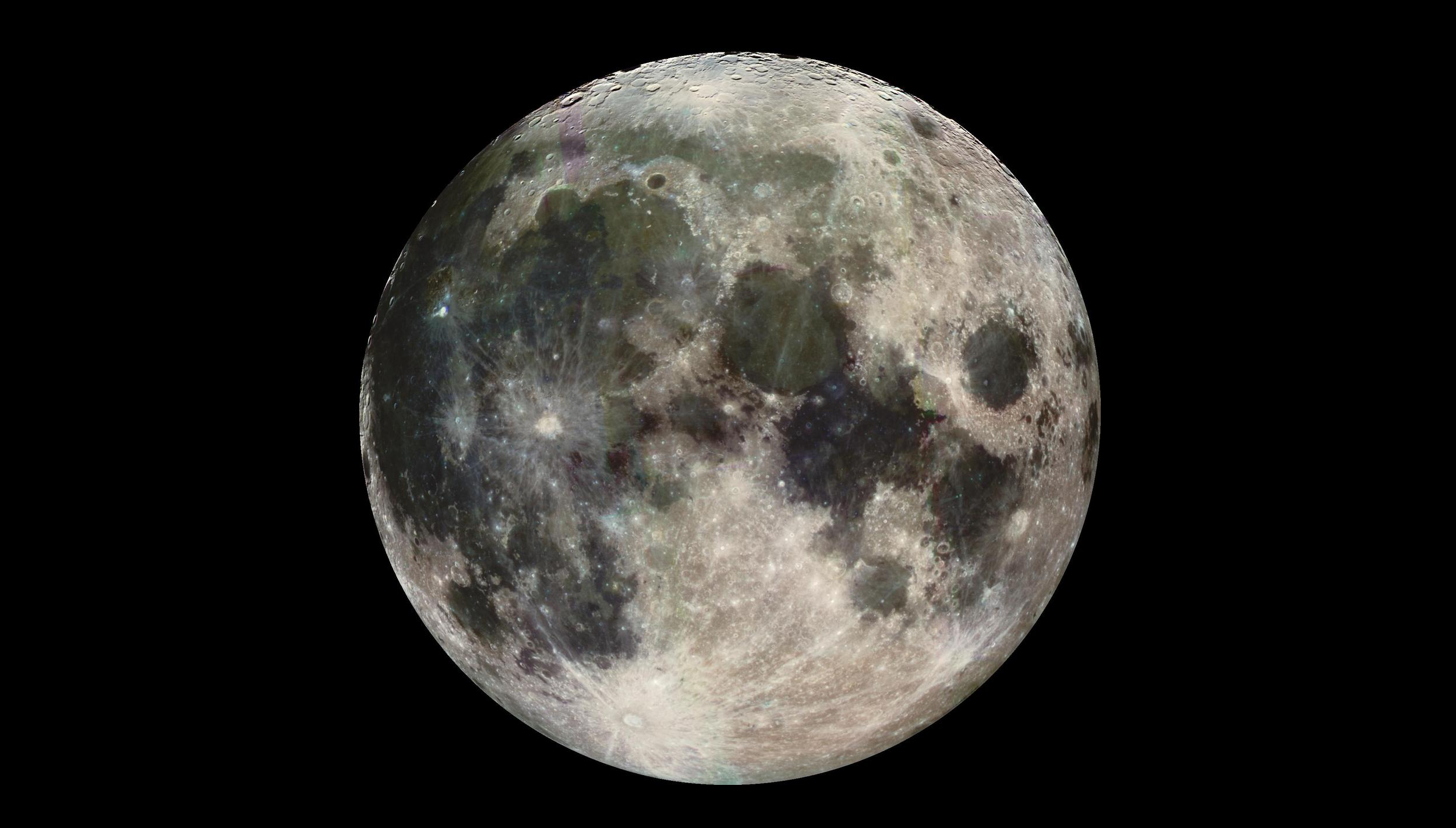After its brief resurrection, the upside-down SLIM Japanese lander has shut down for the lunar night, since it lacks the battery power to last long without refreshment from its solar panels. This raises the question, just how long is the lunar night? Also, does it matter whether you’re near the lunar equator or the poles?
How to find out yourself
The lunar day/night cycle takes just less than an Earthly month, but don’t take our word for it. The skeptically minded can investigate this for themselves. All that’s needed is a small telescope and a bit of patience. Indeed, you can do it even without the telescope if you’re happy for the results to be quite rough.
All you need to do is pick an easily recognizable spot on the lunar surface, such as a crater, “sea” or tall mountain. It will be easiest if this is somewhere near the middle of the side of the Moon that faces Earth, but the point you pick can be anywhere.
When the new Moon first becomes visible, the spot you’ve chosen will not be illuminated, unless you ignored our recommendation and chose something close to the eastern rim. Check each night (assuming no clouds) until you can see the spot in question lit up by the Sun’s rays, then note the date. It’s now dawn at your chosen lunar location.
Keep checking each (Earthly) night until the spot disappears into darkness, and note that date as well. You’ve just measured the length of the day at your chosen landmark. Now wait until it is lit up again, and note this third date as well, giving you the length of the lunar night, and the combined day/night cycle.
Besides a small telescope, you’ll have to get up at all sorts of odd hours during the waning part of the lunar cycle when the Moon rises late at night. You can see why for some people, “doing their own research” on topics like whether the Moon landings were real (hint, they were) involves spending a few hours on YouTube listening to people who’ve already sold them on anti-vax conspiracies. It’s so much easier.
However, if you choose this approach, you will not only get to marvel at the beauty of the Moon (and maybe impress some neighbors), you can also investigate more subtle questions.
On Earth, the day/night cycle is 24 hours, but days and nights are not necessarily half that each. Away from the equator and the equinox, the day can be much longer, or much shorter, than 12 hours. At the poles, the cycle disappears entirely and is replaced by six months of light or darkness.
The method described above allows us to check whether the same is true on the Moon. It’s very hard to observe the lunar poles, just as it is difficult to spot things at either side of the face turned to us. However, you can certainly do the experiment described somewhere at moderate latitude, such as the very bright crater Tycho (43° South).

The full Moon with Tycho the bright lunar crater near the bottom, with lots of prominent rays around it.
Image credit: NASA/JPL/USGS
Spoilers
Cheat notes for those who aren’t planning the observations: unless you get close enough to the north or south pole that your ability to observe will be compromised, the lunar day and night will be close to even, at an average of 14 Earth days each.
That’s because unlike the Earth’s axis, which is tilted at 23.4 degrees compared to the plane of our orbit, the Moon’s axial tilt is just 1.5 degrees, relative to the Earth-Moon system’s orbit around the Sun. It’s larger compared to the Moon’s orbit around the Earth, but that doesn’t matter for these purposes. This makes the day-night variation across the Moon very small.
The tiny axial tilt has done future explorers a great service. It’s unlikely the coveted ice at the lunar poles would have survived if the tilt caused the Sun to rise higher at the poles during a lunar hemisphere’s summer. Even with the tilt, things get pretty hot by the end of the long lunar day, with temperatures as high as 121°C (250°F) recorded.
On the other hand, overnight they can drop to -133°C (-208°F), even in flat terrain. Polar craters get colder still with measurements from orbit being less than 30 degrees above absolute zero. After all, there is no atmosphere to redistribute the heat from the way winds do on Earth.
Thanks to the Moon’s axis, it also means that, rather than needing enough battery power to last the long and chilly lunar night, future bases could get their energy from a ring of power stations looping the lunar pole, even in what counts for winter.
Source Link: How Long Is A Lunar Day And Night?